Encouraging trends in technology are on show across all seven of our Award categories, with high efficiency n-type technology becoming more established in module manufacturing; a comeback on the cards for central inverters; new battery chemistries promising a jump in product performance and longevity; ever-more sophisticated AI applications guiding plant operation and maintenance; and companies demonstrating resilience and ingenuity in weathering the storms that the past three years have brought to the renewable energy sector, along with many other industries.
The near-200 entries received from around the globe were pored over by six juries made up of independent experts in each field. These professionals brought a wealth of experience and industry knowledge to the process and the pv magazine editorial team would like to thank each of them kindly for their time and for sharing their expertise.
Join us, as well, at the first pv magazine Award ceremony we’ve been able to hold live in a few years! Our winners will be honored from 7 p.m. (GST) on Jan. 17 at the Aloft Hotel in Abu Dhabi, in an event staged alongside the World Future Energy Summit and as part of the 11th MESIA Solar Awards Ceremony. The pv magazine Awards ceremony will be hosted by pv magazine publisher Eckhart K Gouras and senior editor Emiliano Bellini and we hope to see you there!
And the winners are…
Modules
Winner: Huasun Himalaya G12 Series
Challenger manufacturers such as China’s Anhui Huasun Energy Co are setting the pace in HJT development.  In August 2021, Huasun announced 25.26% efficiency on an M6 (166 mm) wafer device – equaling the world record. Expanding to a G12 (210 mm) wafer, the Himalaya G12 (full name: HS-210-B132DS700) peaks at 22.5% module efficiency and a 700 W output in a 66-cell format. The Himalaya offers typical HJT benefits including a lower temperature coefficient of -0.26% and up to 93% bifaciality. The real innovation, gained with cell equipment partner Maxwell, is in the cell processes used to deposit the amorphous silicon and transparent conductive oxide (TCO) layers – reducing light absorption and boosting efficiency.
In August 2021, Huasun announced 25.26% efficiency on an M6 (166 mm) wafer device – equaling the world record. Expanding to a G12 (210 mm) wafer, the Himalaya G12 (full name: HS-210-B132DS700) peaks at 22.5% module efficiency and a 700 W output in a 66-cell format. The Himalaya offers typical HJT benefits including a lower temperature coefficient of -0.26% and up to 93% bifaciality. The real innovation, gained with cell equipment partner Maxwell, is in the cell processes used to deposit the amorphous silicon and transparent conductive oxide (TCO) layers – reducing light absorption and boosting efficiency.
Huasun wants 20 GW of production capacity by 2025, manufacturing more-than-25.5% efficient cells by that point.
Inverters
Winner: Gamesa Electric Proteus PV
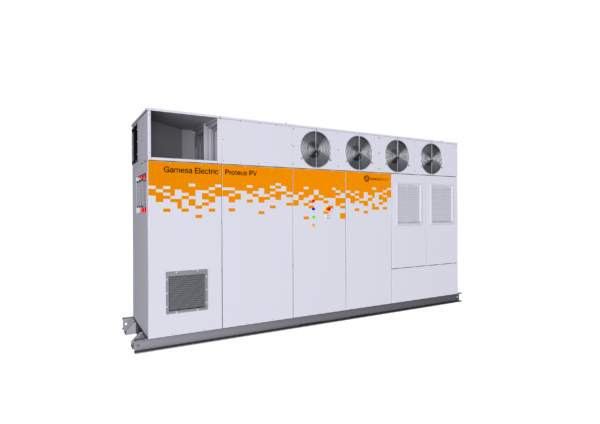 This up-to-4,700 kVA central inverter showed a careful evolution of Gamesa’s PV central devices, bringing commendable efficiency and features to match a range of demands from solar developers. The comparatively higher efficiencies and power densities from the Proteus, plus Gamesa’s well-tried liquid cooling solution, also allows for less de-rating at high temperatures. Features coming as standard include Q@Night functionality, and operation at altitude, to be compelling, overall, as part of the efficacy of the solution.
This up-to-4,700 kVA central inverter showed a careful evolution of Gamesa’s PV central devices, bringing commendable efficiency and features to match a range of demands from solar developers. The comparatively higher efficiencies and power densities from the Proteus, plus Gamesa’s well-tried liquid cooling solution, also allows for less de-rating at high temperatures. Features coming as standard include Q@Night functionality, and operation at altitude, to be compelling, overall, as part of the efficacy of the solution.
BOS
Winner: EKO Instruments MS-80SH Pyranometer
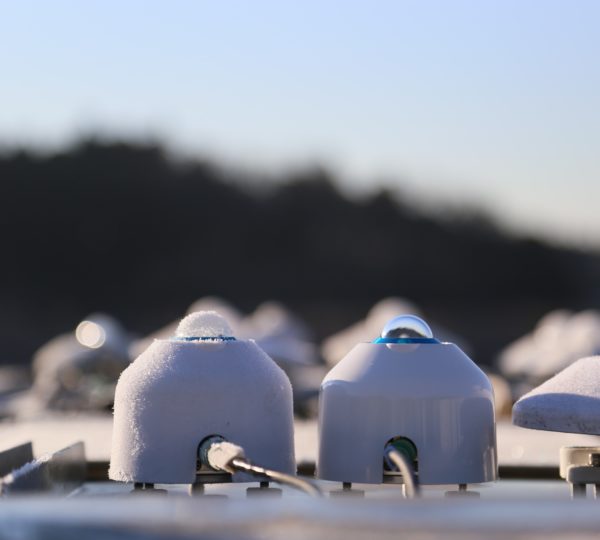
EKO Instruments’ Class A pyranometer is packed with features that make it stand out in the market for these sensor products that provide the crucial yet often overlooked service of measuring solar irradiance at a site. The MS-80SH features an integrated dome heating system to keep the sensor free of dew and frost that can impact measurement accuracy and can cause dust and dirt to stick to the outside of the dome that houses the sensors.
The company says its pyranometer has the lowest energy consumption on the market and the heating system can be switched on or off remotely, allowing further energy savings. The product is designed for easy compatibility with data loggers and SCADA systems, and internal diagnostics systems enable users to monitor internal temperature, humidity, tilt, and roll angle without having to visit the site and carry out a physical check.
BESS
Winner: Villara Energy Systems: VillaGrid
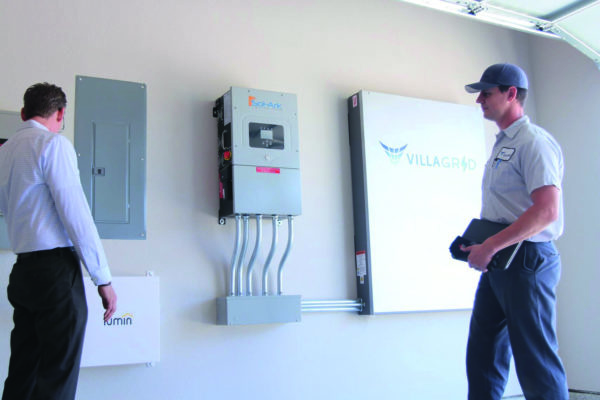 VillaGrid is a residential, lithium titanate (LTO) battery offering twice the continuous power of conventional lithium-ion batteries at 10 kW; four times the peak power at 30 kW; double the lifespan, via a 20-year warranty; and improved safety, as a non-flammable chemistry. Its US manufacturer says even the smallest, 5.75 kWh VillaGrid battery can back a home during a power outage.
VillaGrid is a residential, lithium titanate (LTO) battery offering twice the continuous power of conventional lithium-ion batteries at 10 kW; four times the peak power at 30 kW; double the lifespan, via a 20-year warranty; and improved safety, as a non-flammable chemistry. Its US manufacturer says even the smallest, 5.75 kWh VillaGrid battery can back a home during a power outage.
The LTO device doesn’t require a heating or cooling system and works well in temperatures between -30 C and 55 C, outperforming other lithium-based chemistries. It can be installed at up to 10,000 feet (3,048 meters). VillaGrid is engineered to last 25 years, far outstripping the industry average of 10 years. Guaranteed end-of-warranty capacity is 70%. “Your solar panels last 25 years and so should your batteries,” Villara says.
Manufacturing
Winner: ROSI, High value module recycling
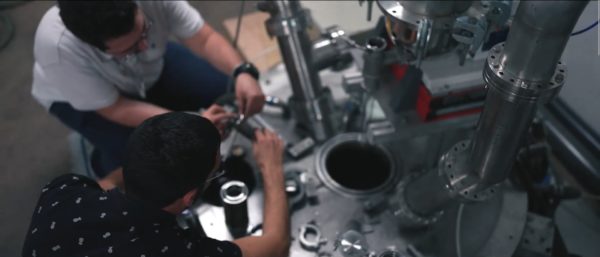 France-based ROSI offers solutions to recover silicon lost as kerf during wafer slicing, and full end-of-life treatment for solar modules. “Our goal is to realize a truly circular economy for the PV industry and beyond,” the company stated in its award application. “The high-value recycling technology allows the reintegration of recovered materials into several key European industries, such as PV, batteries, and semiconductors.”
France-based ROSI offers solutions to recover silicon lost as kerf during wafer slicing, and full end-of-life treatment for solar modules. “Our goal is to realize a truly circular economy for the PV industry and beyond,” the company stated in its award application. “The high-value recycling technology allows the reintegration of recovered materials into several key European industries, such as PV, batteries, and semiconductors.”
The company expects to have its first industrial PV module recycling site up and running early this year, initially able to process 3,000 tons of module waste annually, with plans to increase to 10,000 tons next year. Unlike most PV recycling operations to date, it will focus on the recovery of high value materials locked up within the modules as well as the glass that makes up the bulk of the panel’s weight. ROSI promises to produce silver and high-purity silicon at its recycling plant, and to recover 95% of the economic value of module materials, compared to its estimate current industry practices reclaim only 35%.
Sustainability
Winner: Brighten Haiti, Solar4Schools
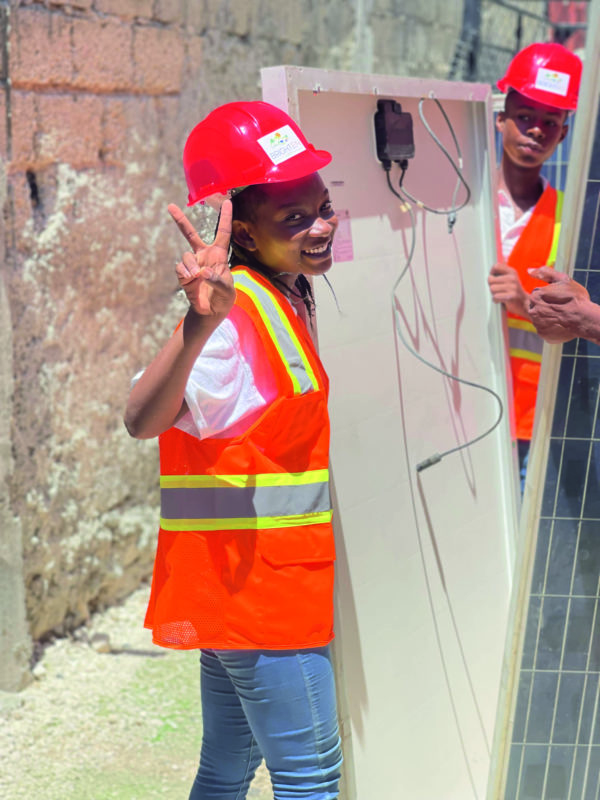 A presidential assassination, gang violence, outbreaks of dangerous illness, and a chronic energy shortage as a result of armed street blockades have wreaked havoc on Haitians. Gangs blockaded diesel supplies in the capital, Port au Prince, late last year, prompting the closure of schools, hospitals, and much else.
A presidential assassination, gang violence, outbreaks of dangerous illness, and a chronic energy shortage as a result of armed street blockades have wreaked havoc on Haitians. Gangs blockaded diesel supplies in the capital, Port au Prince, late last year, prompting the closure of schools, hospitals, and much else.
NGO Brighten Haiti’s Solar4Schools program has offered a glimmer of light.
Brighten Haiti supplies 6 kWp solar systems to schools, each of which it says it can deliver on the back of a $6,000 donation from a US sponsor. Some 54,500 students in 109 schools have benefited, according to Brighten Haiti.
Solar4Schools leverages the Secure Power islanding capability offered by German company SMA Solar Technology, which can deliver up to 2 kW of power in the event of grid outages at a price 87% cheaper than solar-plus-storage. In sustainability terms, the program features “functioning used and blemished modules from the US.”
Publisher’s Pick
Winner: Growatt
In January 2021, amid the Covid-19 pandemic, we awarded pv magazine’s Publisher’s Pick for 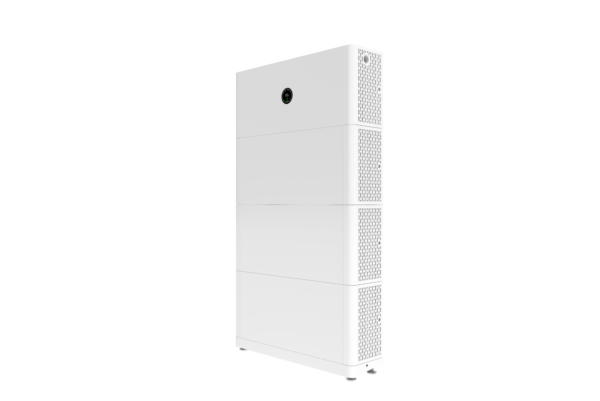 2020 to inverter manufacturer Growatt. Normally we would have not considered the same company just two years later but Growatt pulled off an amazing feat: it battled the pandemic, supply chain constraints, and a severe semiconductor chip shortage to top its 2020 revenue by 69%. This spectacular achievement, along with its continued innovation on the product and technology front, makes another Publisher’s Pick for 2022 more than well deserved.
2020 to inverter manufacturer Growatt. Normally we would have not considered the same company just two years later but Growatt pulled off an amazing feat: it battled the pandemic, supply chain constraints, and a severe semiconductor chip shortage to top its 2020 revenue by 69%. This spectacular achievement, along with its continued innovation on the product and technology front, makes another Publisher’s Pick for 2022 more than well deserved.
Almost two-thirds of Growatt’s 2021 revenue of CNY 3.2 billion ($459 million) came from products sold in the Americas, Europe, the Middle East, and Africa. The Shenzhen manufacturer has emerged as a leading player in the energy transition and is on the cusp of emerging as a PV unicorn with an upcoming Hong Kong IPO worth an estimated $1 billion.
This content is protected by copyright and may not be reused. If you want to cooperate with us and would like to reuse some of our content, please contact: editors@pv-magazine.com.




4 comments
By submitting this form you agree to pv magazine using your data for the purposes of publishing your comment.
Your personal data will only be disclosed or otherwise transmitted to third parties for the purposes of spam filtering or if this is necessary for technical maintenance of the website. Any other transfer to third parties will not take place unless this is justified on the basis of applicable data protection regulations or if pv magazine is legally obliged to do so.
You may revoke this consent at any time with effect for the future, in which case your personal data will be deleted immediately. Otherwise, your data will be deleted if pv magazine has processed your request or the purpose of data storage is fulfilled.
Further information on data privacy can be found in our Data Protection Policy.